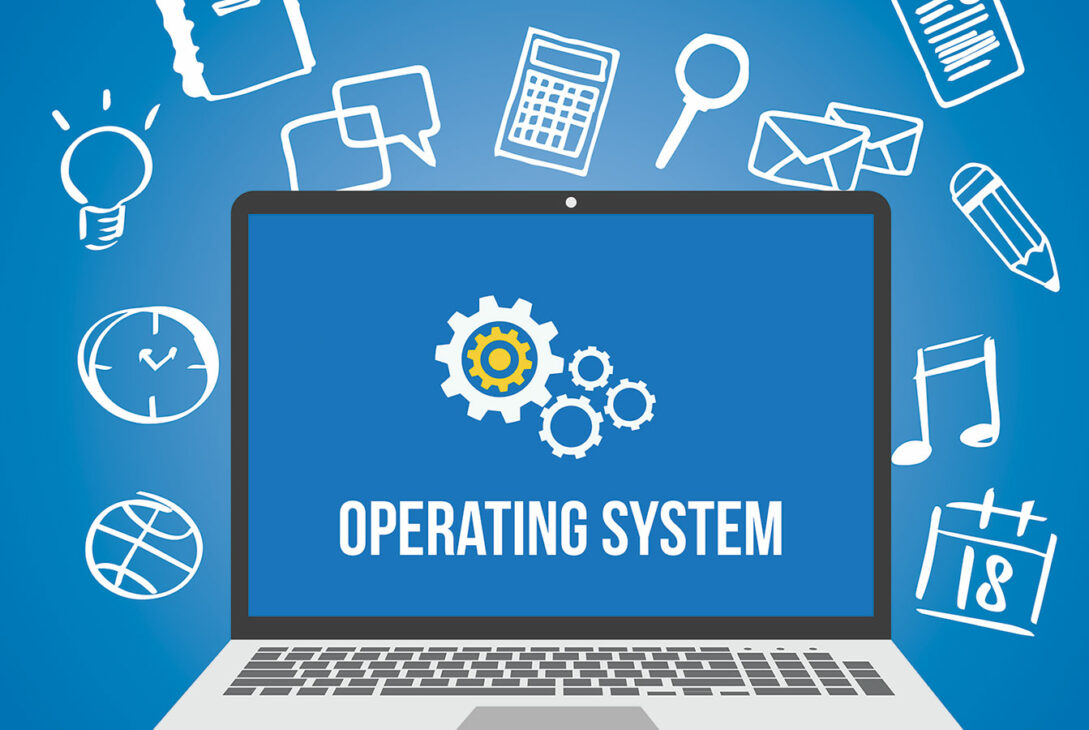Mobile operating systems (OS) play a pivotal role in the functionality and user experience of smartphones and tablets. Since the advent of mobile technology, several operating systems have emerged, each offering unique features and capabilities. In this article, we will delve into the evolution of mobile operating systems, their distinctive characteristics, and the market dominance of key players in the industry.
The Early Years:
1.1. Palm OS: The first commercially successful mobile OS that gained popularity in the late 1990s and early 2000s.
1.2. Windows Mobile: Developed by Microsoft, it was a precursor to the modern Windows Phone OS.
1.3. Symbian OS: Dominated the early smartphone market but eventually faced stiff competition from emerging players.
The Rise of iOS and Android:
2.1. iOS: Apple revolutionized the mobile industry with the launch of the iPhone and its proprietary operating system.
2.2. Android: Google’s open-source operating system quickly gained momentum and became a major competitor to iOS.
Key Features and Differentiators:
3.1. User Interface and Design: Aesthetics and usability play a crucial role in the success of mobile operating systems.
3.2. App Ecosystem: The availability and diversity of applications are vital factors for user engagement.
3.3. Customization and Flexibility: The ability to personalize the device and OS settings is highly valued by users.
3.4. Security and Privacy: Mobile OS developers have made significant advancements in protecting user data and privacy.
Market Dominance and Competition:
4.1. iOS vs. Android: A fierce rivalry between the two giants has shaped the mobile OS landscape.
4.2. Global Market Share: Analyzing the market dominance of iOS and Android in various regions worldwide.
4.3. Emerging Players: Other mobile operating systems that have gained traction in specific markets, such as KaiOS and HarmonyOS.
Recent Developments and Future Trends:
5.1. iOS Updates: The continuous evolution of iOS, introducing new features, and enhancing user experience.
5.2. Android Updates: Google’s efforts to improve security, optimize performance, and introduce innovative features.
5.3. Cross-Platform Integration: The convergence of mobile and desktop OS, enabling seamless device synchronization.
5.4. Emerging Technologies: The impact of artificial intelligence (AI), augmented reality (AR), and virtual reality (VR) on mobile OS.
User Considerations and Recommendations:
6.1. Choosing the Right OS: Factors to consider when selecting a mobile OS based on individual preferences and requirements.
6.2. Device Compatibility: The importance of selecting an OS that supports the desired hardware and software ecosystem.
6.3. Longevity and Support: Considering the lifecycle and ongoing support of the OS before investing in a mobile device.
Conclusion:
Mobile operating systems have come a long way since their inception, and their evolution continues to shape the mobile industry. iOS and Android dominate the market, offering distinctive features and benefits to users. As technology progresses, we can expect further advancements, with cross-platform integration and emerging technologies playing a significant role. Ultimately, the choice of a mobile operating system should align with individual needs, preferences, and long-term considerations.








